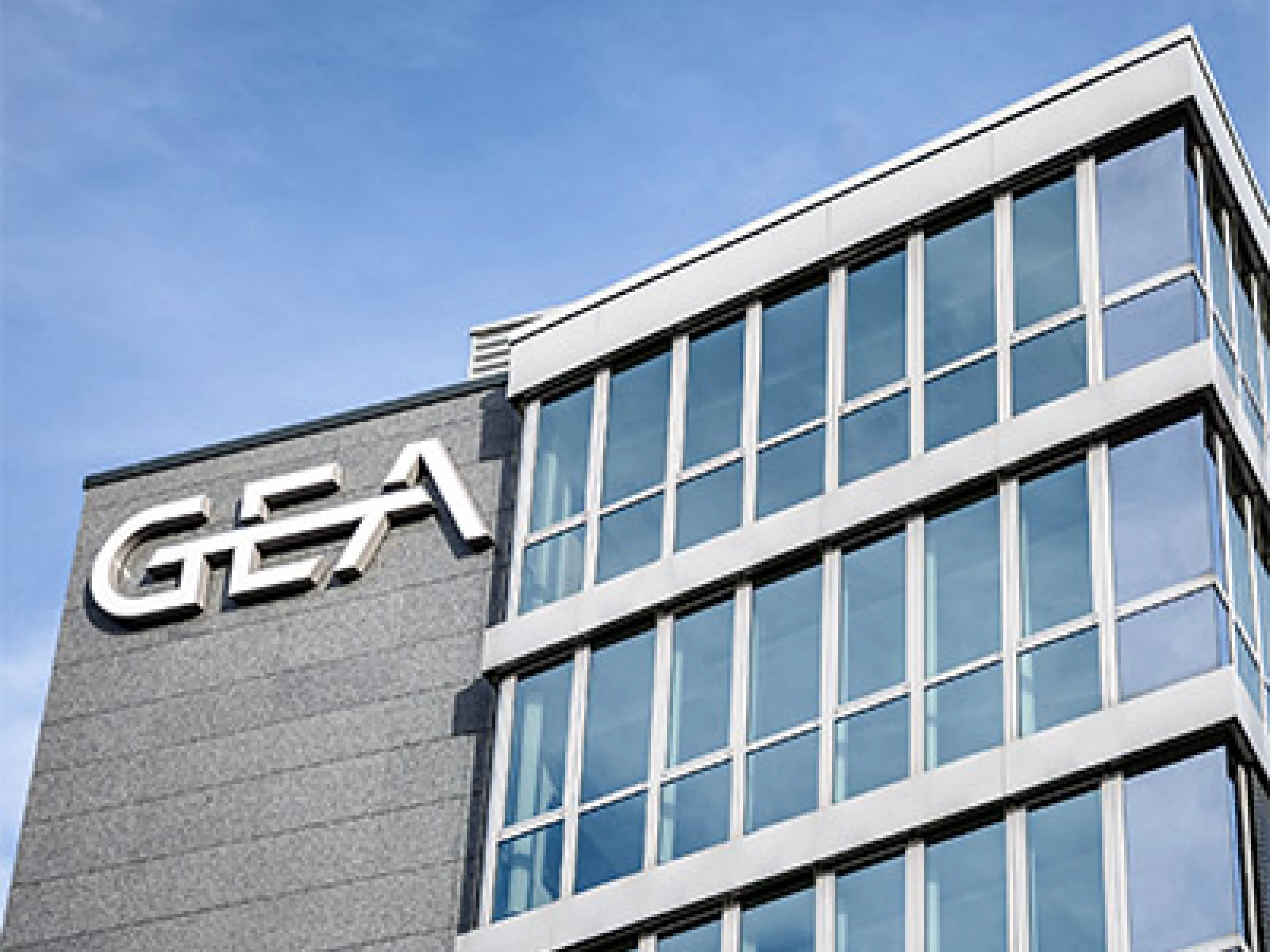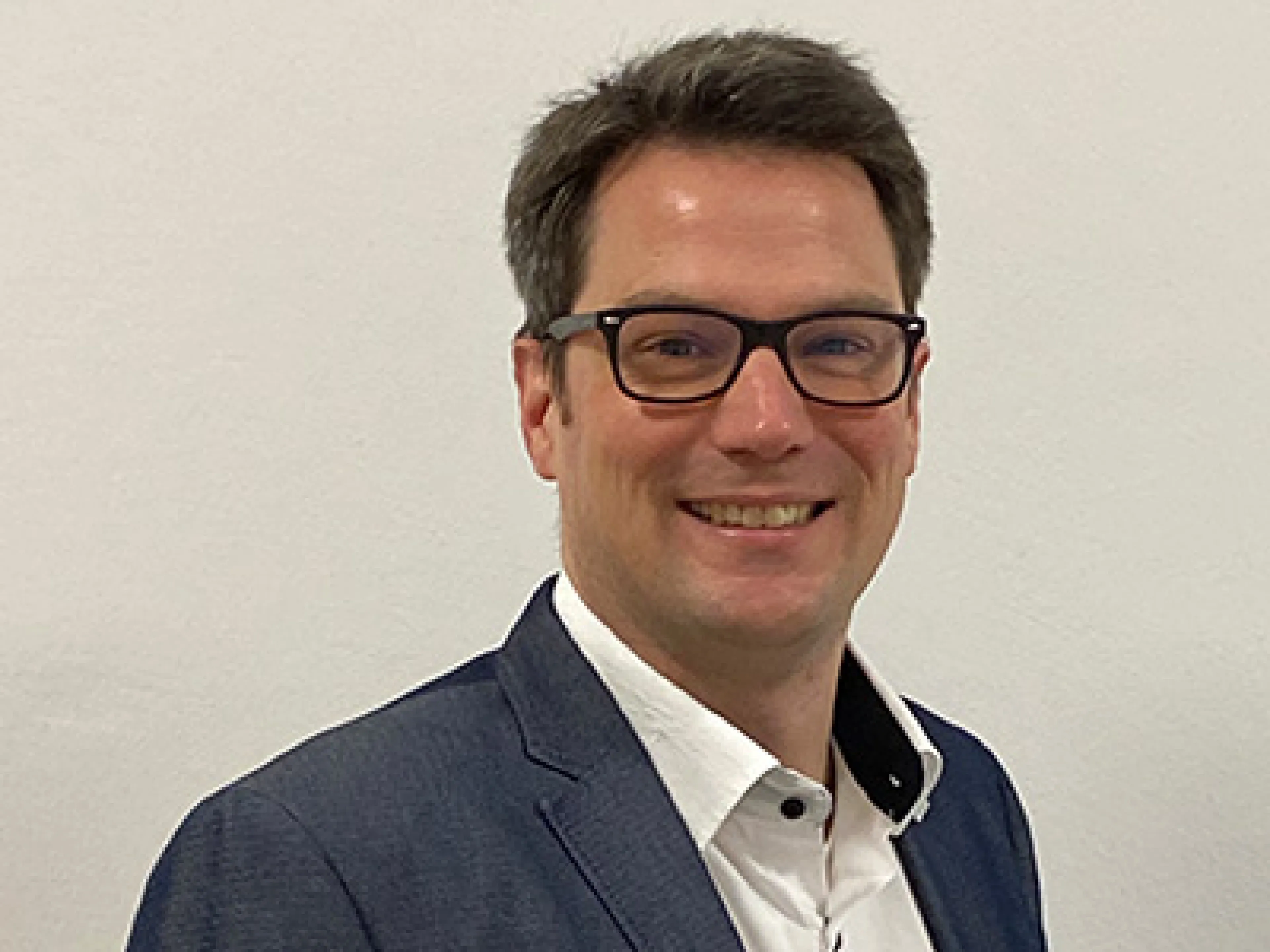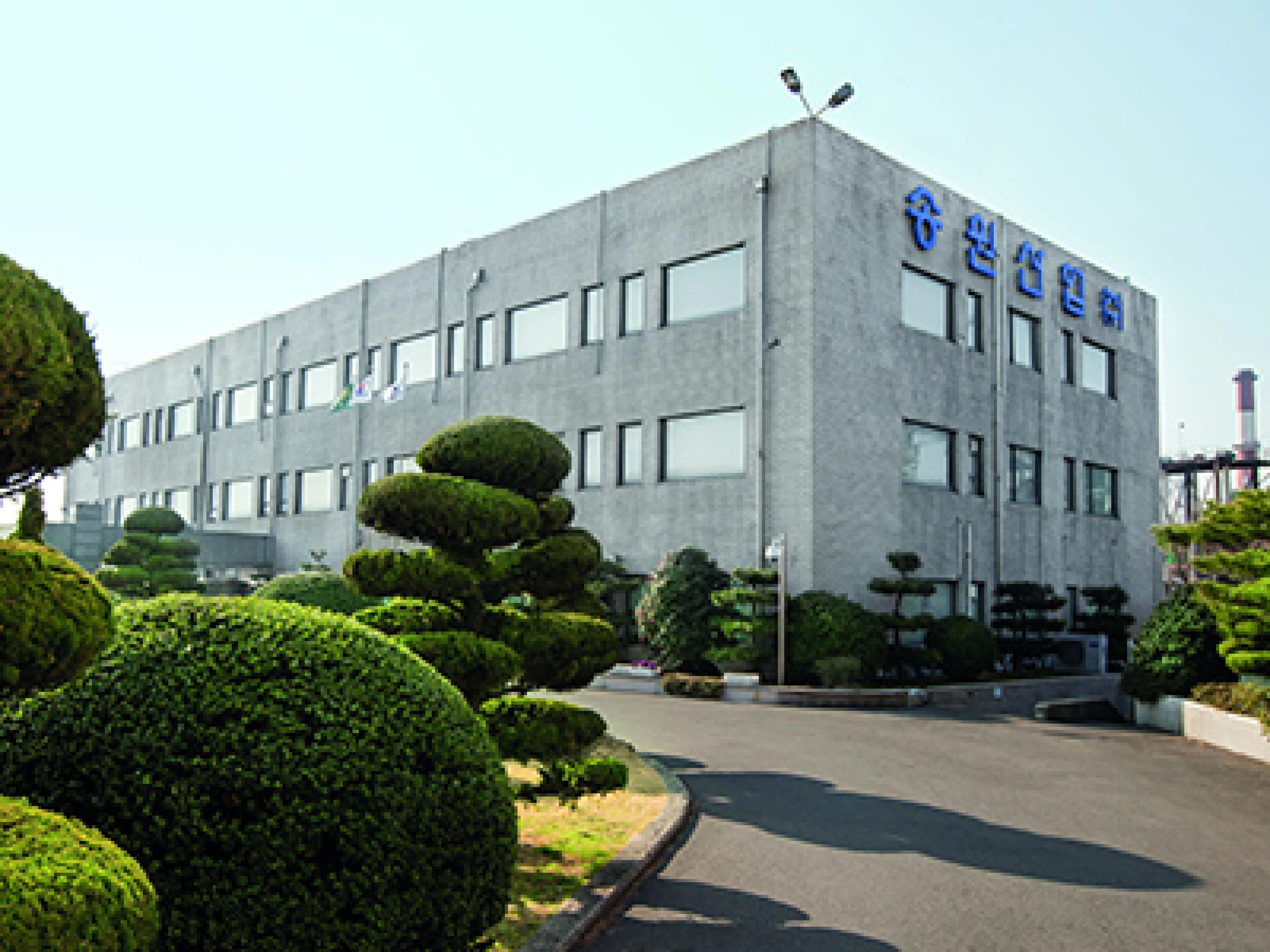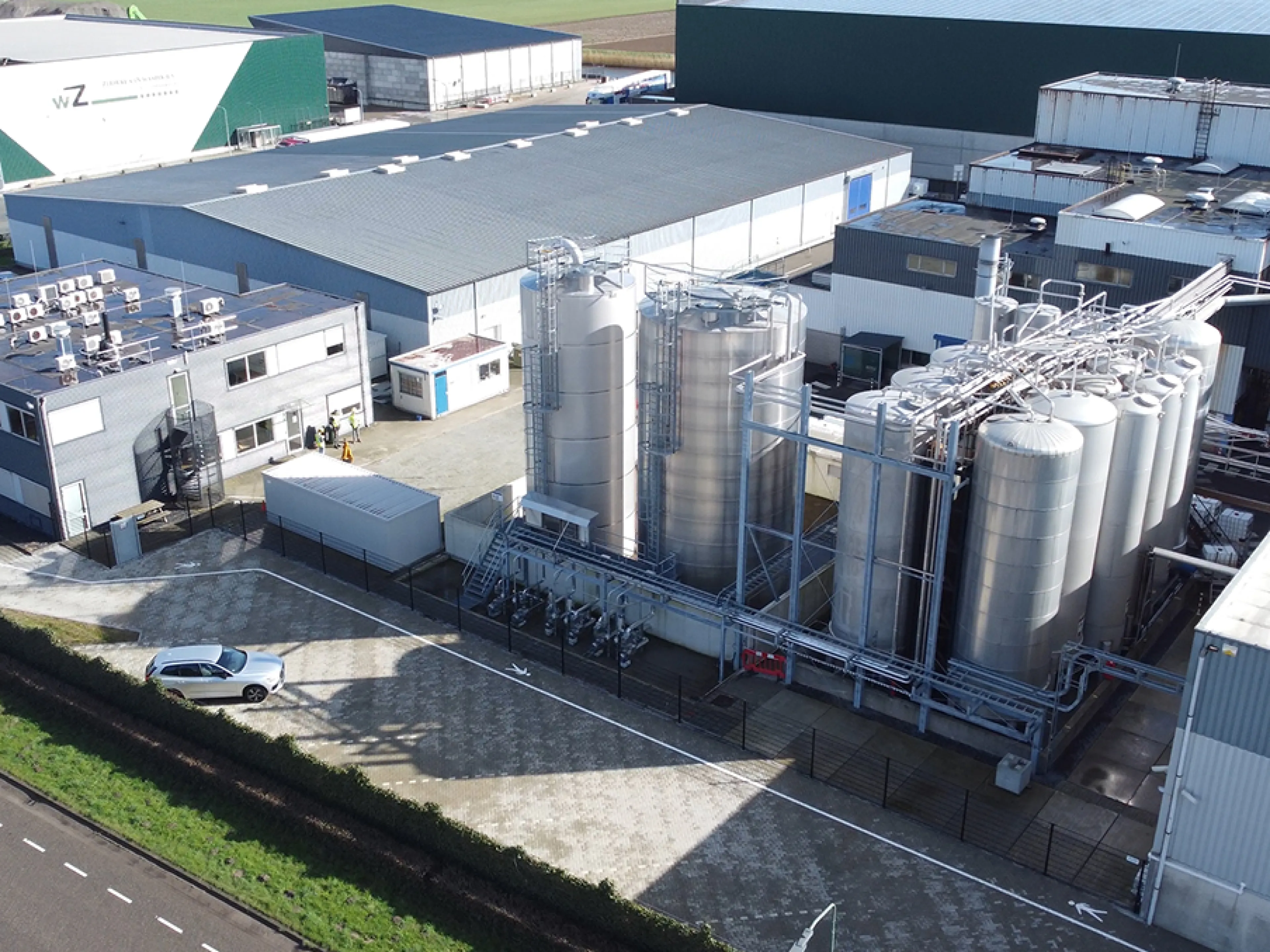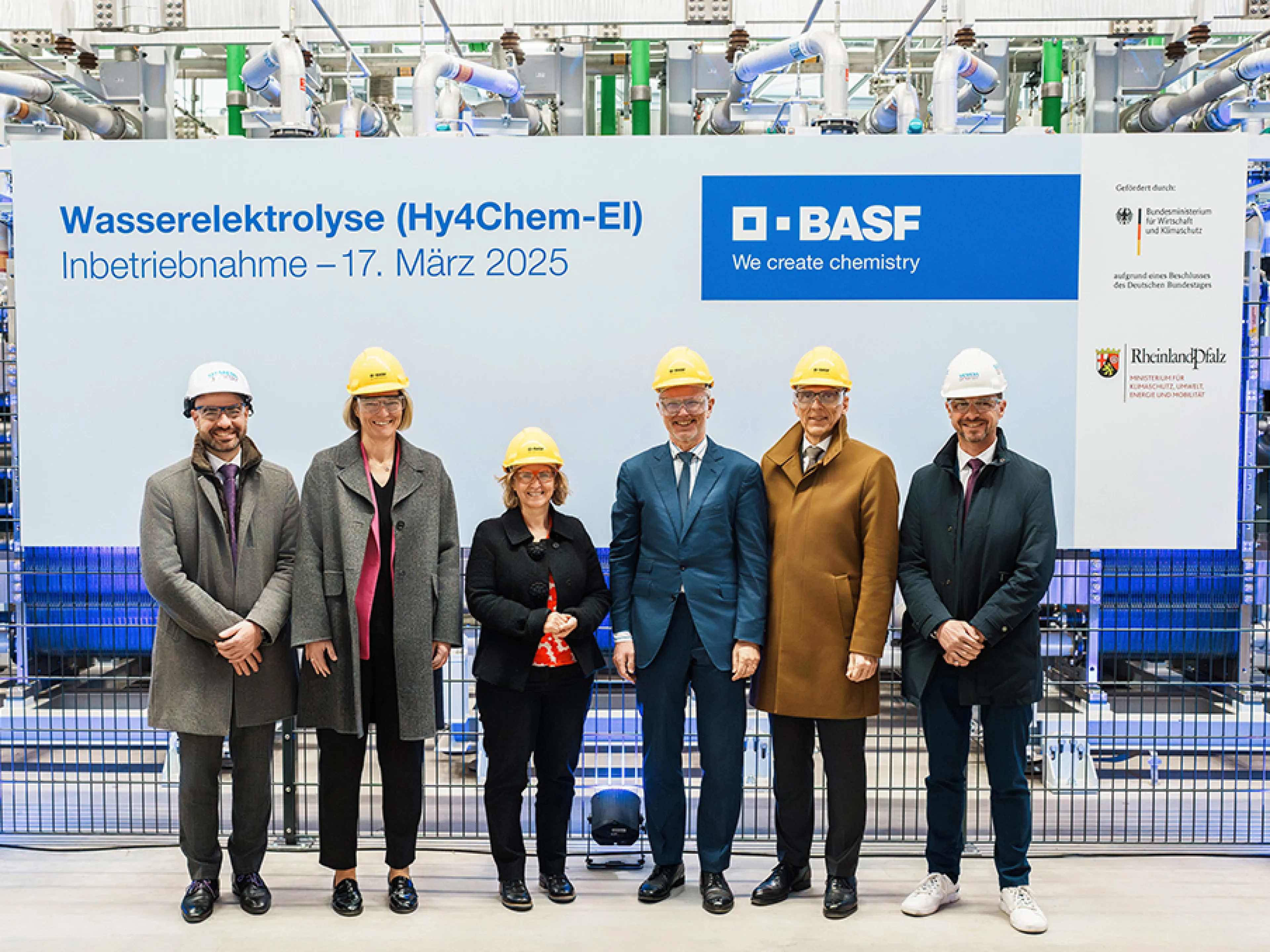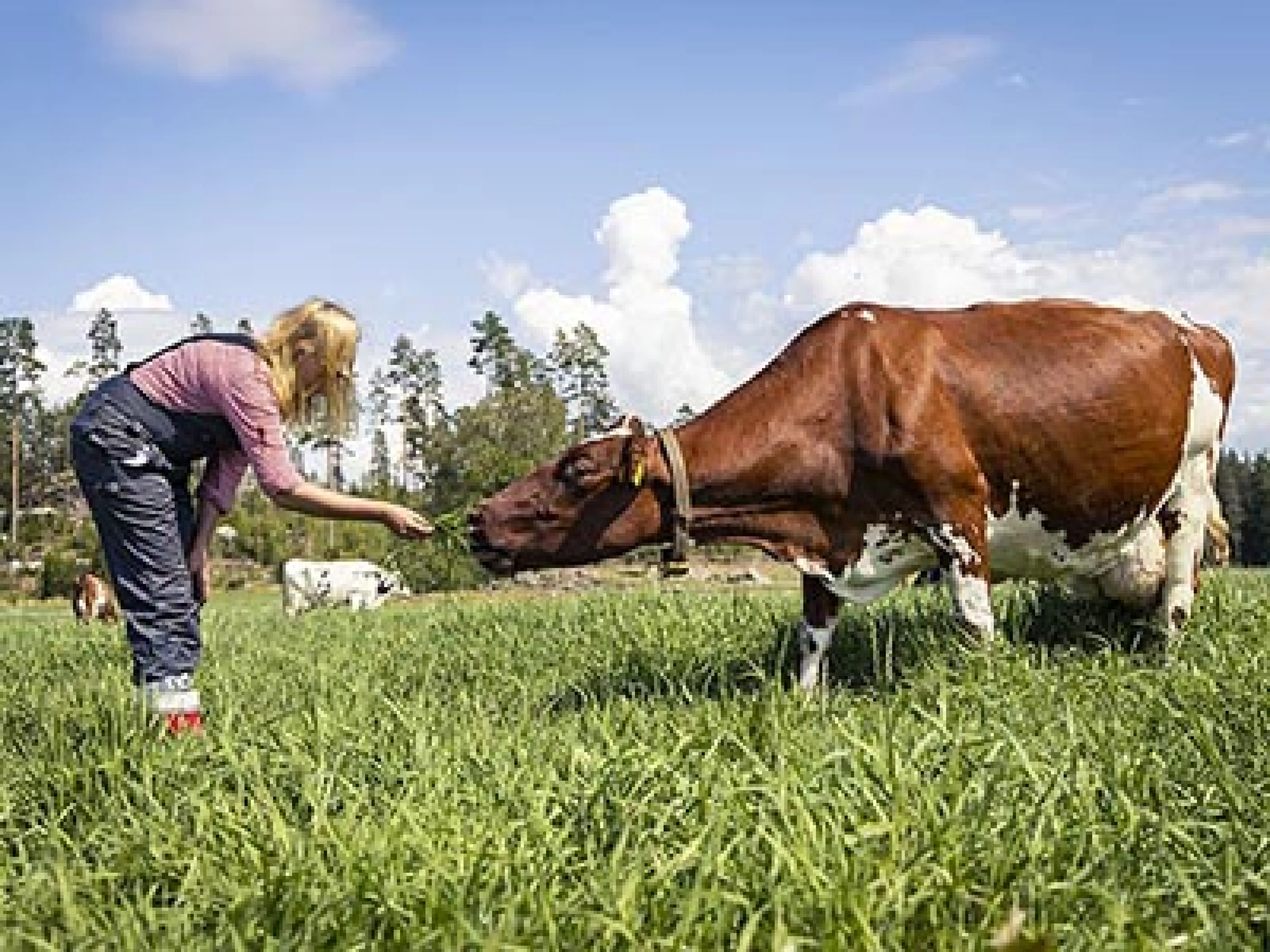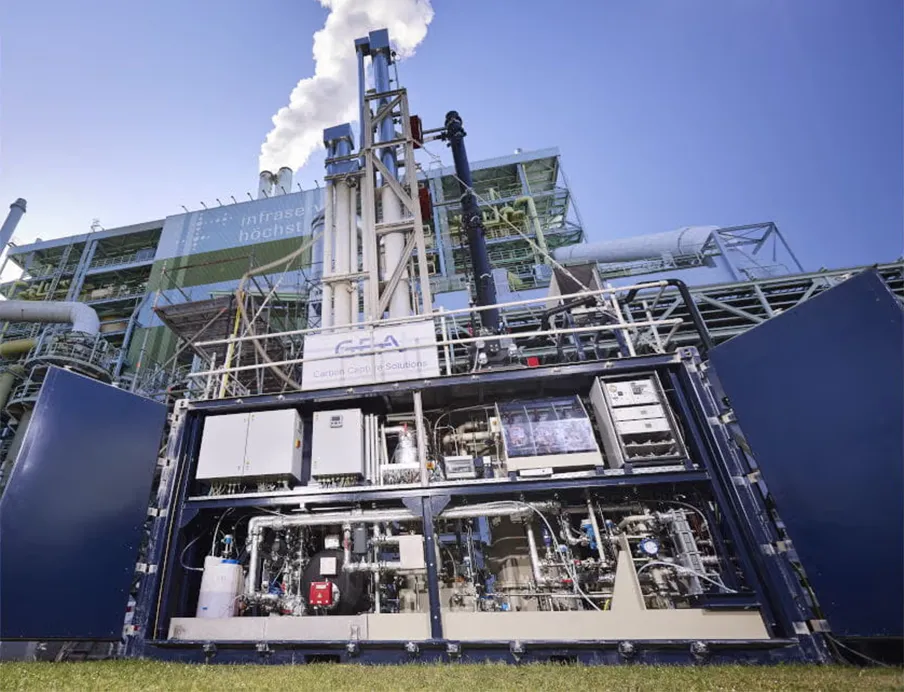
Another milestone on the road to a more sustainable chemical industry has been reached at the Höchst Industrial Park. Infraserv Höchst has started up a carbon capture pilot plant at the site's sewage sludge incineration facility. The plant was supplied by Gea, a global provider of process technologies, and will spend three months gathering important operational data on CO2 separation from flue gases. Dr. Joachim Kreysing, Managing Director of Infraserv Höchst, emphasizes the importance of such test facilities: “Pilot plants of this kind are indispensable for testing the process and collecting the necessary data.” They are a prerequisite for the subsequent large-scale use of carbon capture plants.
Carbon capture as the key to transforming the site
According to Infraserv Höchst, carbon capture can play a decisive role in the sustainable transformation of the industrial park, provided that the technical, economic, and regulatory conditions are right. The site operator also wants to use the project to explore various uses for the captured CO2 and is actively scouting the market to identify potential buyers. Some of the captured CO2 is of biogenic origin, which makes it particularly interesting for the manufacture of climate-neutral products. The use of biogenic CO2 is considered CO2-neutral because it was previously removed from the atmosphere by plants.
Challenge: CO2 separation from heterogeneous flue gas streams
Technically, separating CO2 from the flue gases produced by sewage sludge incineration is challenging because these gases contain many different components. In the pilot phase, a partial stream of the flue gas is extracted and passed through an amine-water mixture, which binds the CO2. This liquid is then heated to release the CO2 again.
“Essentially, we are evaluating the energy requirements, efficiency and costs of a large-scale separation system at an incineration plant”, explains Dr. Sirko Ogriseck, project manager at Infraserv Höchst. The decomposition of the washing agent used and the purity of the separated CO2 are also being investigated.
Gea explains the separation process
Michael Schneider, R&D Engineer Carbon Capture Solutions at Gea, describes the process as follows: “At the waste incineration plant, a partial flow of flue gas is extracted from the stack. This flue gas is fed into the pilot plant. During CO2 capture with amines, the CO2 is washed out of the flue gas.” The scrubbing solution absorbs the CO2 and releases it again after heating. The CO2 obtained is analyzed but remains in the plant during the course of the project and is then fed back into the stack.
Prospects for using captured CO2
Infraserv Höchst has been pursuing carbon capture and utilization (CCU) approaches for several years. As part of the earlier ICO2CHEM project, CO2 from a biogas processing plant was used to produce emission-free oils and waxes. Infraserv currently supplies Ineratec's new power-to-liquid plant in the Höchst Industrial Park. There, CO2 is processed together with hydrogen to produce synthetic fuels such as e-kerosene.
EU project IS2H4C promotes carbon capture application
The pilot plant is supported by the EU-funded IS2H4C (From Industrial Symbiosis to Hubs for Circularity) project. The aim is to implement sustainable circular economy concepts in several European regions. This involves promoting industrial symbioses in which companies share resources, energy, and infrastructure to reduce emissions and leverage efficiency potential.
